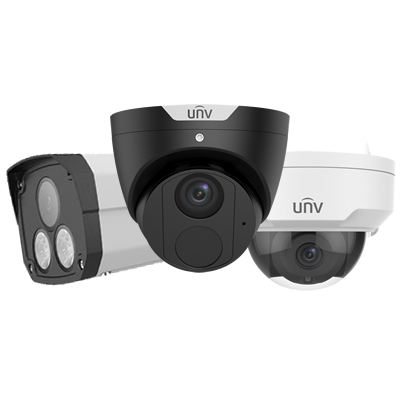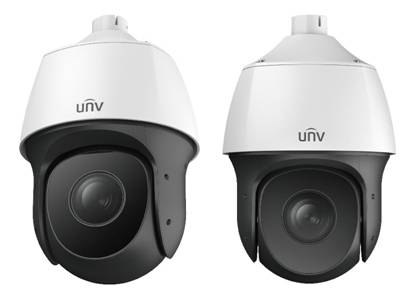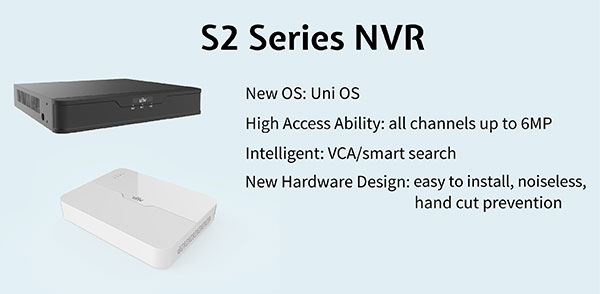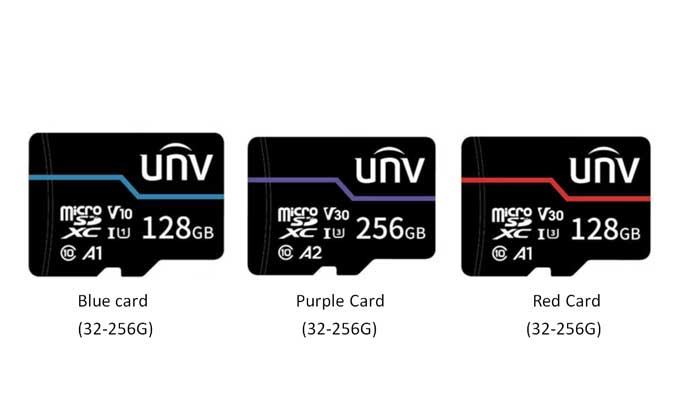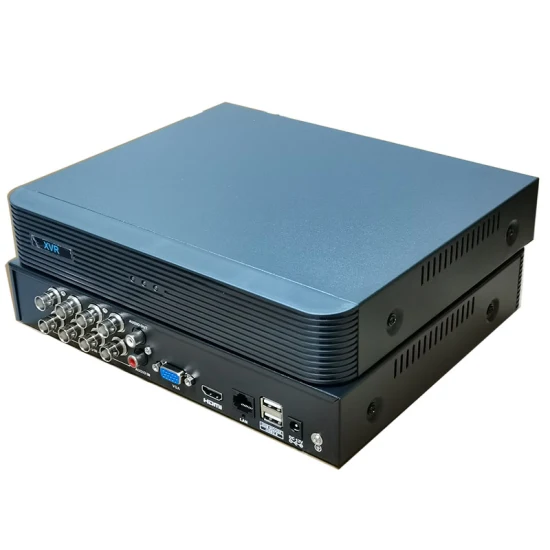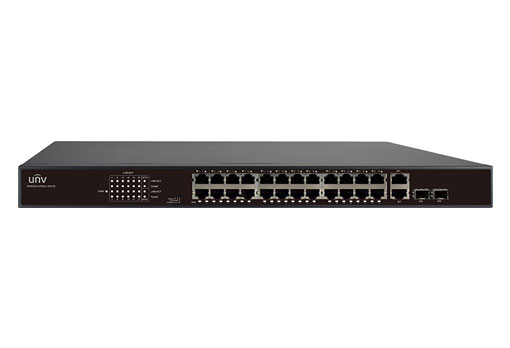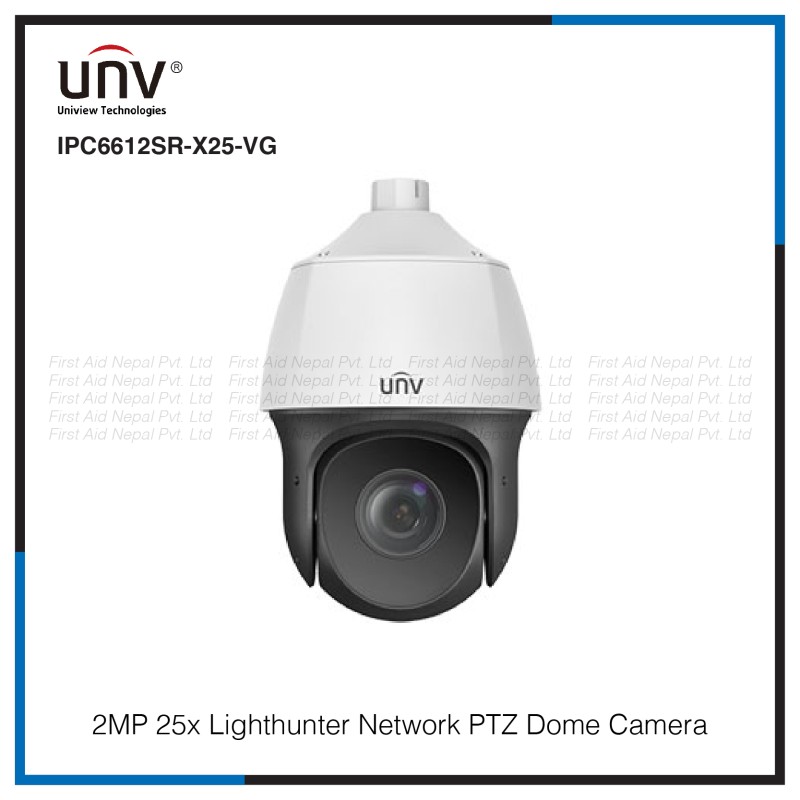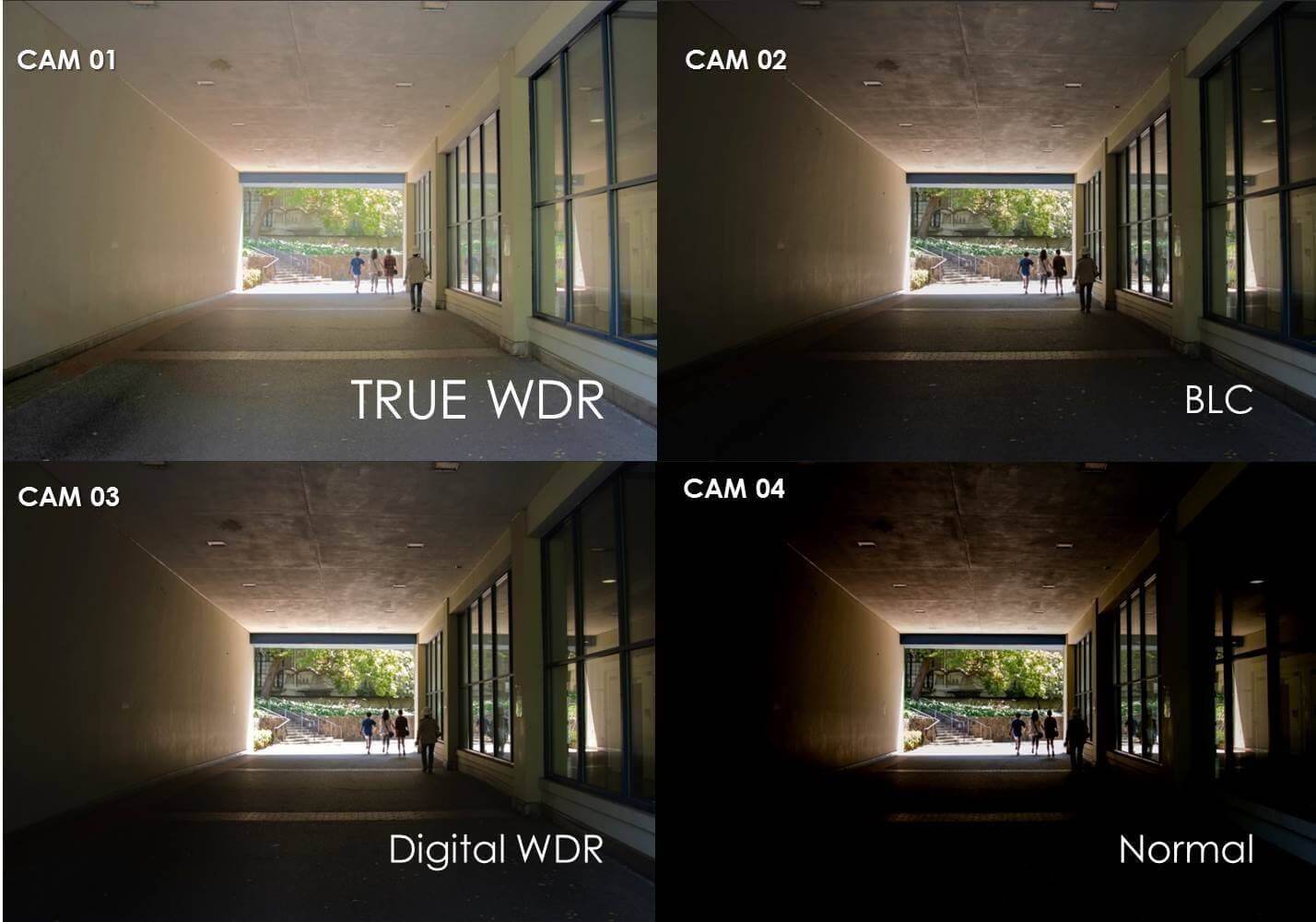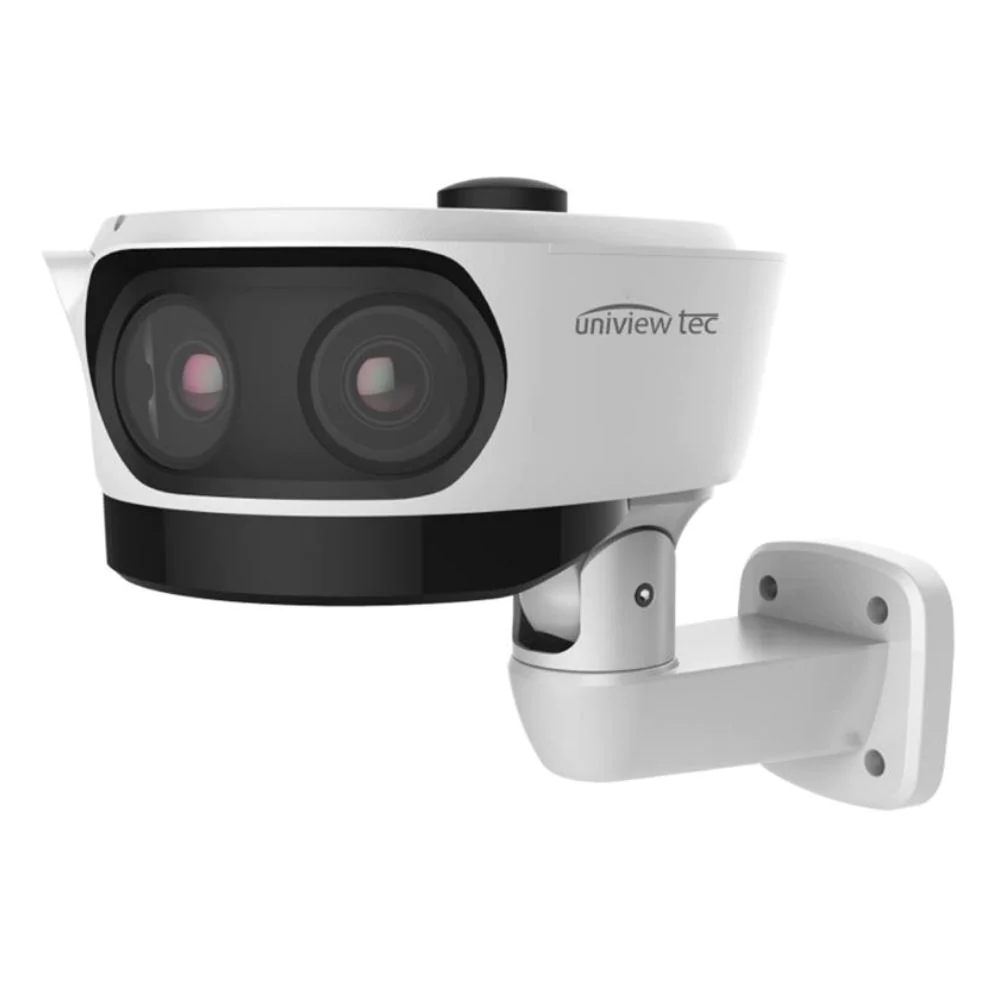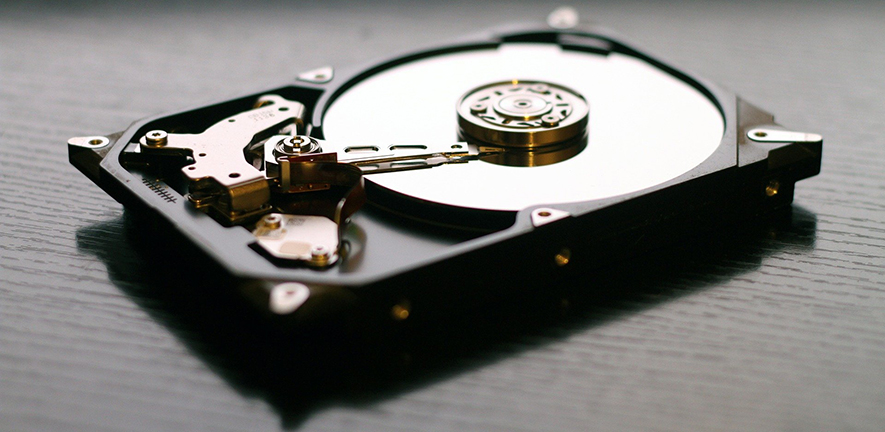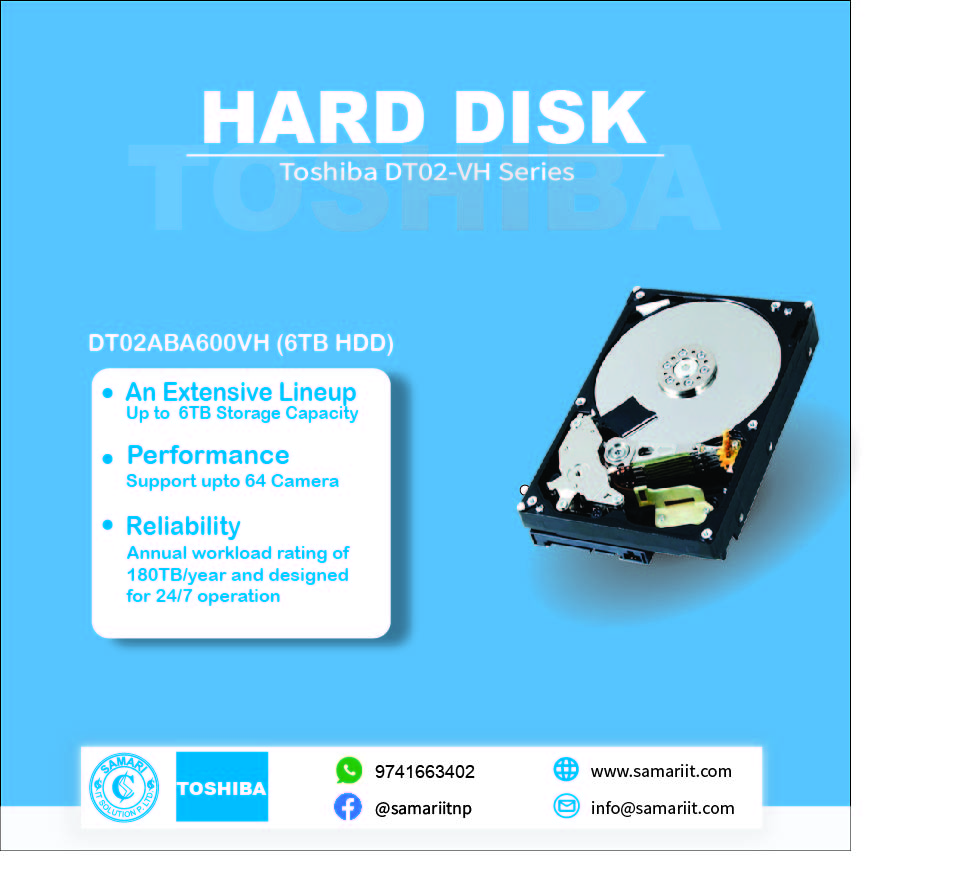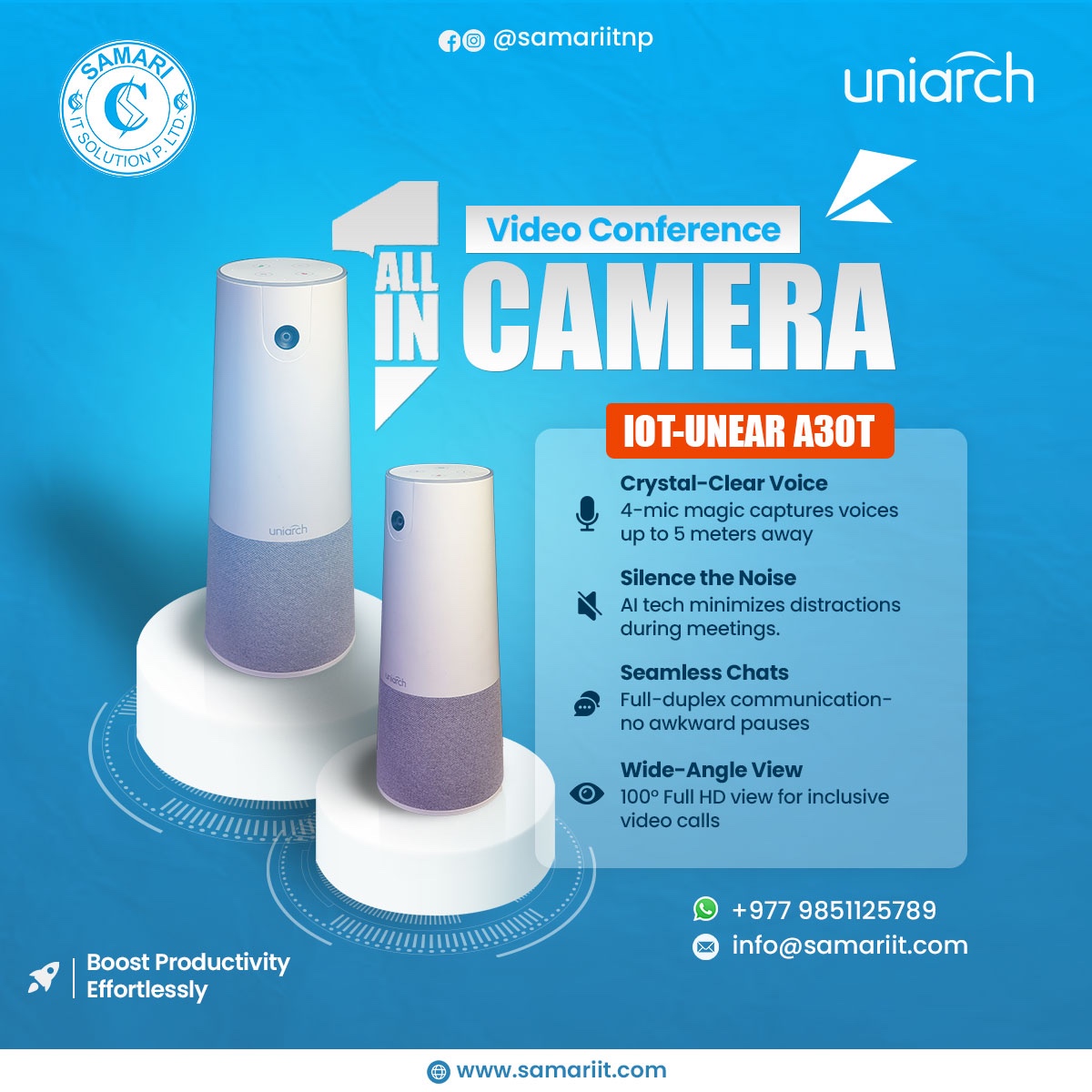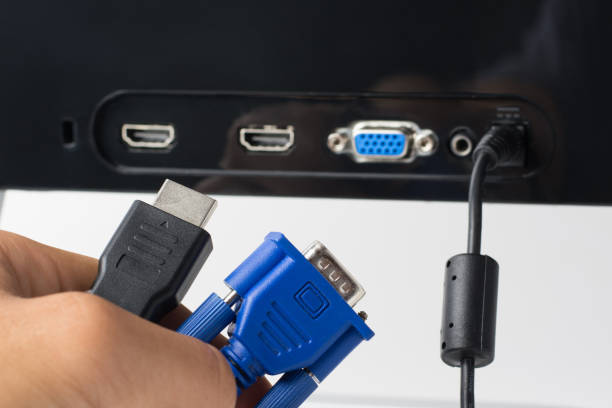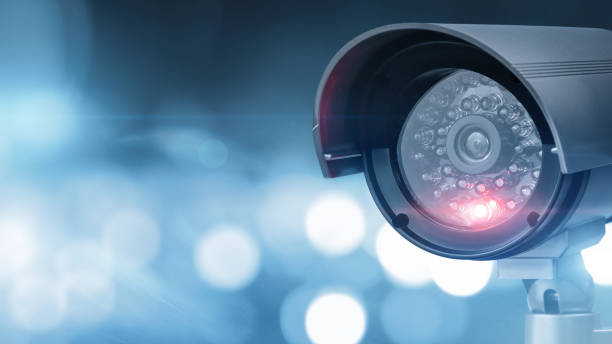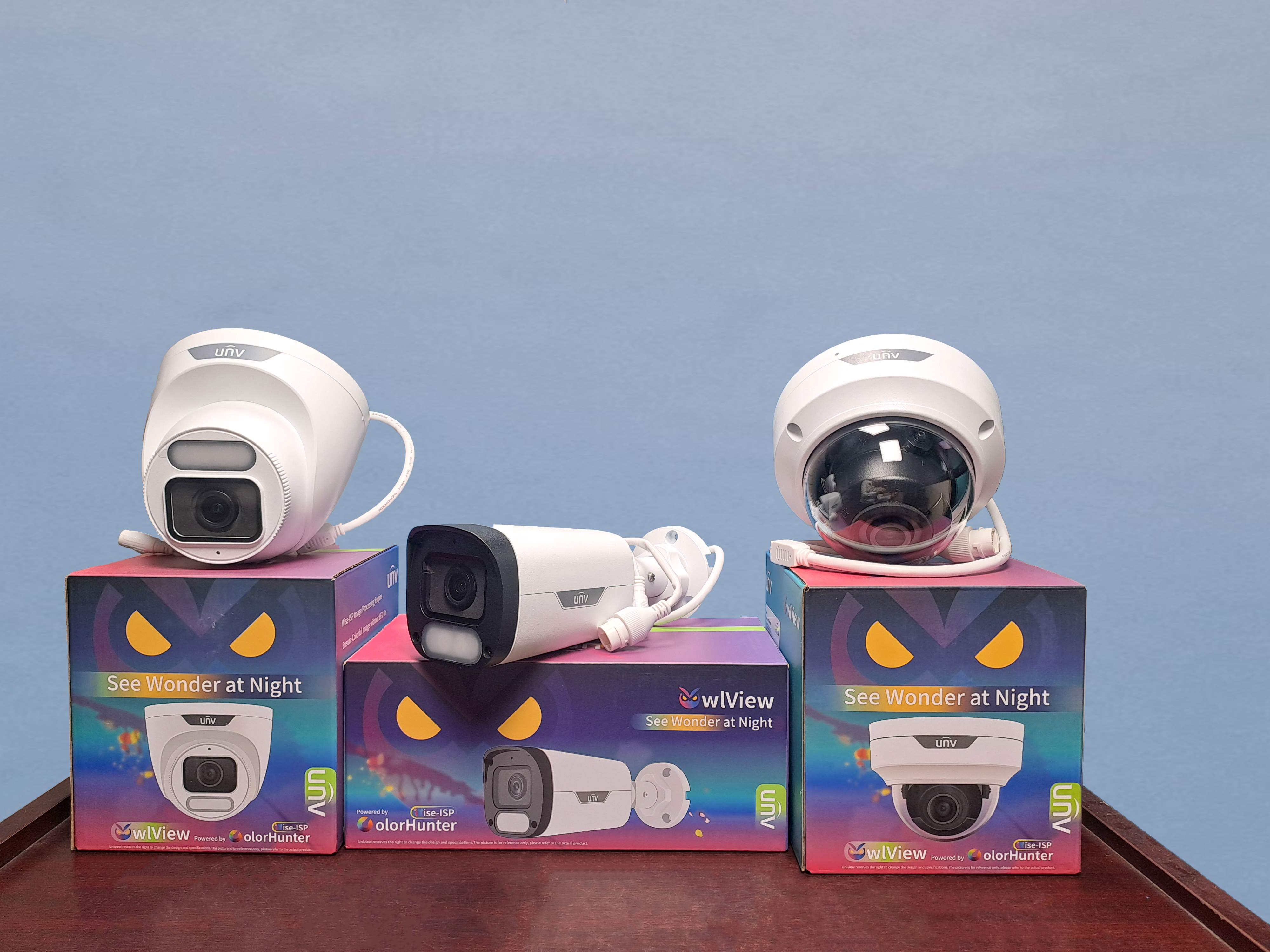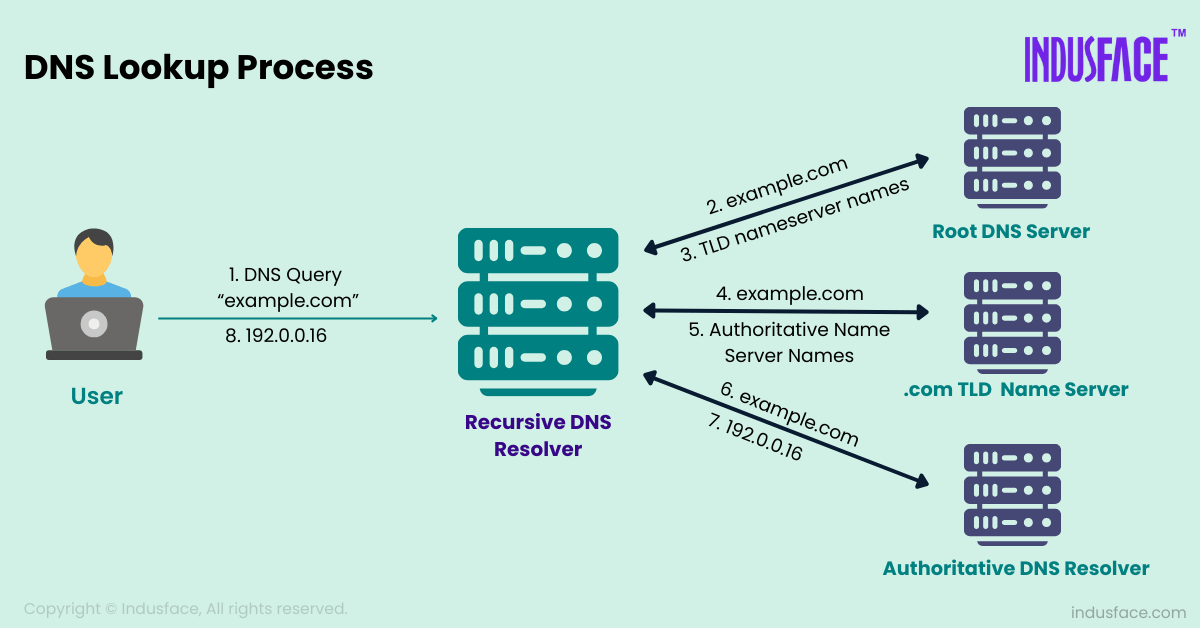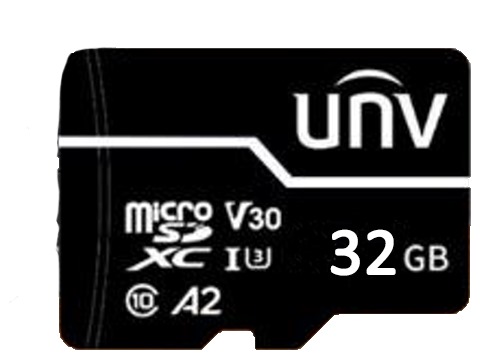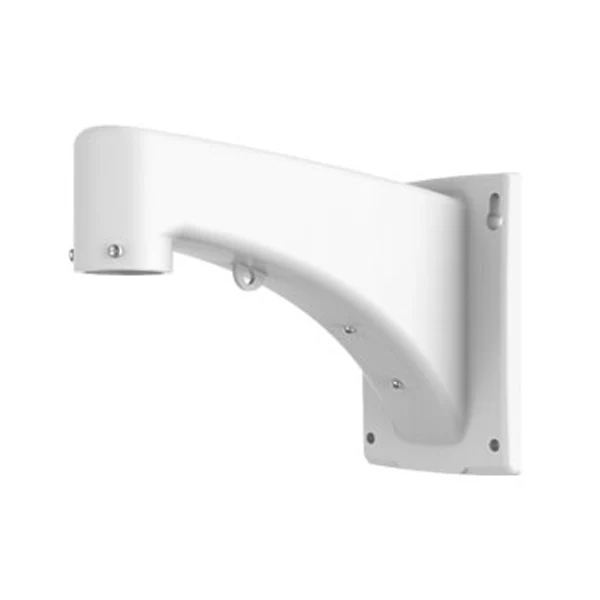Introduction to Analog CCTV
Analog CCTV, the original video surveillance technology has been around for decades and paved the way for modern security systems. While surpassed by newer IP technology in some aspects, it still holds its own in specific applications due to its simplicity and affordability.
Key features of Analog CCTV:
- Analog video capture: Converts light into electrical signals for transmission.
- Coaxial cable connection: Cameras connect to recorders using coaxial cables, transmitting video as analog signals.
- Digital Video Recorder (DVR): Records and stores the analog video signals after converting them to digital format.
- Limited resolution: Typically offers lower resolution footage compared to IP cameras.
- Simple setup: Easy to install and maintain, making it suitable for DIY enthusiasts or simple setups.
- Cost-effective: Generally cheaper than IP systems, especially for basic setups with few cameras.
Components of an Analog CCTV system:
- Analog cameras: Capture video and convert it to analog signals.
- Digital Video Recorder (DVR): Records and stores the video footage converted from analog signals.
- Coaxial cables: Connect cameras to the DVR for video transmission.
- Monitor: Displays the live video feed from the cameras and recorded footage.
Benefits of using Analog CCTV:
- Affordable: Lower initial cost compared to IP systems.
- Simple setup and maintenance: Easier to install and maintain for non-technical users.
- Reliable: Proven technology with stable performance under normal conditions.
- Suitable for basic needs: Provides adequate security for simple applications with limited camera requirements.
Conclusion:
Analog CCTV remains a viable option for those seeking a simple and affordable video surveillance solution. However, if high-resolution, scalability, and advanced features are your priorities, IP CCTV technology offers significant advantages. Consider your specific needs and budget when making your decision.
